Understanding screen resolutions.
The most common questions that we get have to do with screen resolutions and content. Most people are used to seeing content on a single HD screen set up in landscape orientation these days, like the television in your home. You're not limited to that, however. XOGO is capable of displaying content in landscape or portrait orientation, or even across multiple screens. All it takes is some working knowledge of screen resolutions and hardware. Let's start with the basics.
What does screen resolution mean?
Resolution is simply the measurement of your display in pixels. For instance, a standard 1080 high definition display has 1920 horizontal pixels and 1080 vertical pixels. That display might be 19" in size (they are measured diagonally) or much larger. Pixels can vary in size, so a huge 1080 display will have larger pixels -and is meant to be viewed from further away- than a laptop screen with the exact same resolution.
Most digital screens these days come in rectangular 16:9 format, like the standard 1080 HD display mentioned above. There are also 4:3 format displays on the market and even specialty sizes that are square (1:1) or elongated rectangles. When creating still images or video content for these displays, you simply need to know the resolution of your display and then...
Design with the screen in mind.
Displays come in many sizes and resolutions, and can be used on their own or combined together to form a video wall. If you want to use a single HD display but mount it in portrait mode (vertical orientation) for instance, then your image or video content should be designed as 1080 pixels wide and 1920 pixels tall, rather than the standard 1920 x 1080.
By contrast, if you wanted to combine two HD screens together in landscape mode and stack them on top of one another in a dual-screen video wall, then your content would need to be 1920 pixels wide x 2160 pixels tall in size (1080 x 2) so it would "stretch" perfectly across the two screens.
It's important to design your media in the proper resolution for your display(s) so the content will be sharp on screen. Too small, and your content will appear pixelated and fuzzy. Too large, and the screen will crop out part of your content, possibly cutting off text, logos or other design elements.
Choose a media player to drive the screens.
If you want to display your content on one HD or 4k screen, XOGO Mini is the perfect hardware choice. It's low cost, powerful, works in portrait and landscape modes, and you can even expand its storage just by inserting a Micro SD card. If you need to combine two or more displays to create a video wall, then you'll need to use hardware with a more powerful graphics card and numerous display outputs that the screens can connect to. We partner with several computer hardware companies and are happy to provide recommendations based upon the kind of signage installation that you want to set up; you can even purchase hardware that comes pre-loaded with XOGO so you don't need to install any software.
XOGO handles your media files with ease.
Whether you are driving one screen or an entire video wall, XOGO allows you to upload content in any size(s), organize it into playlists, and send it to your media players via the cloud. Still have questions about screen resolutions, content sizes or media player hardware? Just drop us a note on our contact page and we'll be happy to help.


